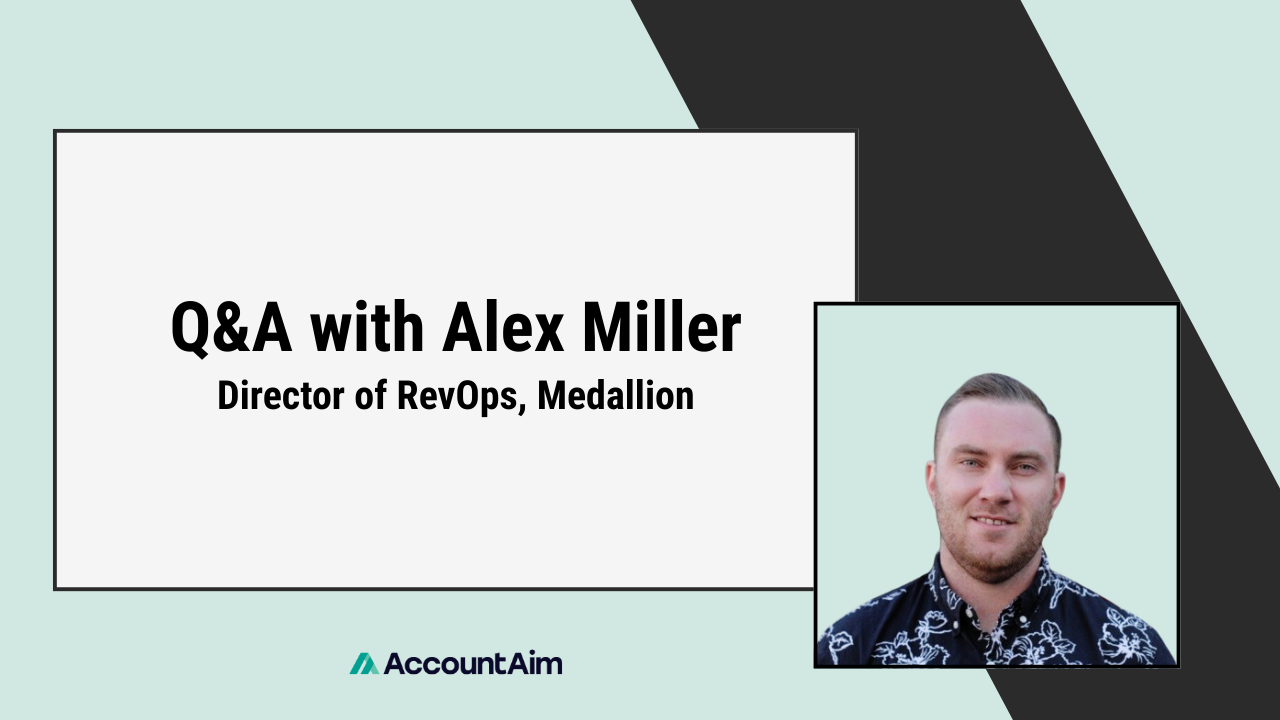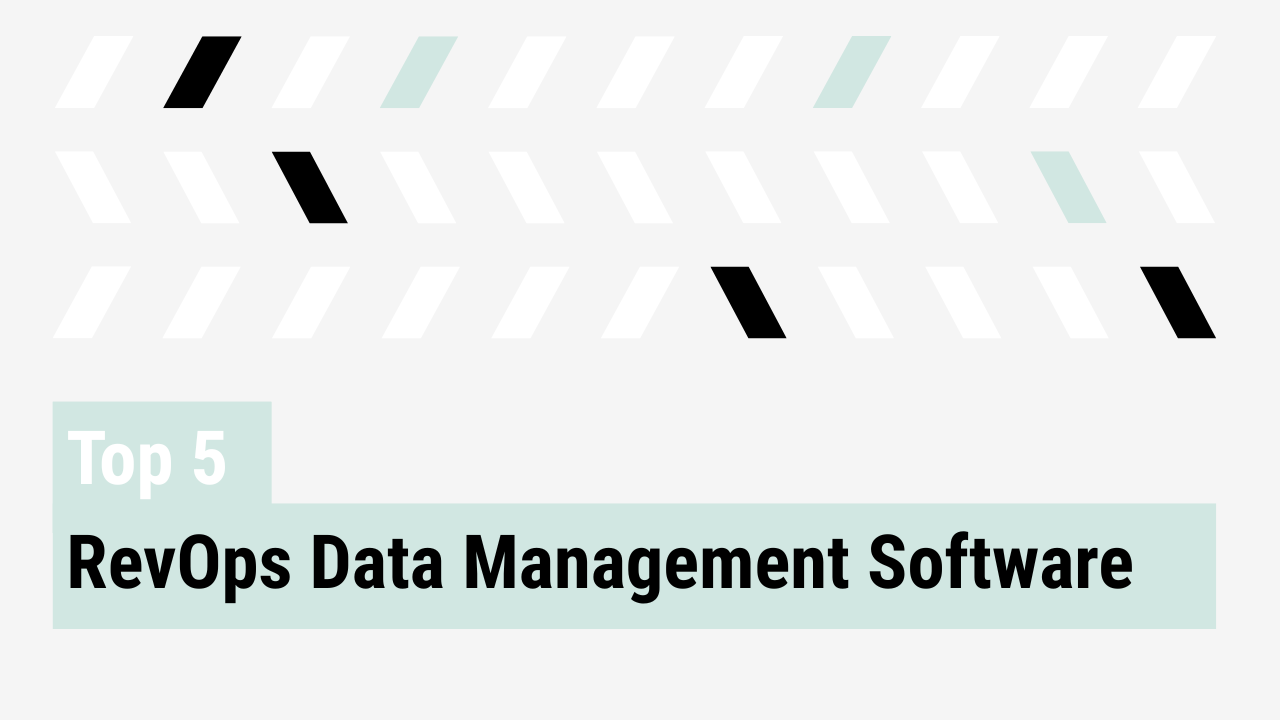Lessons on aligning with leadership, managing agile RevOps teams, and scaling operations in fast-growth environments.
RevOps is increasingly central to go-to-market success. To add meaningful value, RevOps must take on a leadership role that aligns execution with strategic priorities. Alex Miller, director of RevOps at Medallion, has led teams at several fast-growing tech companies and brings a sharp, grounded view of what makes RevOps effective.
In this conversation, Alex shares practical lessons on building agile teams, aligning with leadership priorities, and knowing when to scale. His career began in sales, and that lens shows up throughout: focus on outcomes, move fast, and make it real.
How do you define RevOps?
It’s the nervous system of your go-to-market engine. It connects strategy to execution, making sure every part of the machine is moving in sync. When executed effectively, it becomes a strategic force that drives measurable impact across the business.
How does previous sales experience shape effective RevOps leaders?
Having experience as a seller builds empathy and credibility. You understand the pressure, the pace, and the daily frictions. Half my current team comes from sales, and that background helps us build tools and processes that actually work for the field.
What strategic priorities should RevOps leaders tackle first when joining a growth-stage company?
Get aligned with executive priorities right away. Even small wins tied to high-level goals can create a lot of momentum. The role is about contributing to revenue growth and enabling market expansion.
“You need to align to high-level executive objectives early because even small wins put so much wind in the RevOps team’s sails. It’s about showing early that you’re not just pushing buttons in Salesforce, but you’re here to drive revenue and storm into new markets.”
What is your approach to managing and prioritizing RevOps workloads?
Build and maintain a structured backlog. Keep it visible, continuously update it, and use it to drive alignment with leadership. It’s one of the simplest tools with the biggest impact. People feel heard, priorities stay clear, and it becomes easier to protect your team’s focus.
How can RevOps leaders effectively advocate for more resources?
Use the backlog to make your case. Show where the bottlenecks are and what the opportunity cost is. Sometimes that means hiring. Other times, it means partnering with outside help so you can stay focused on strategic work.
Why do you prefer generalist RevOps teams in early-stage environments?
Because the business is constantly changing. You need a team that can pivot fast. Generalists give you flexibility. You can assign people dynamically, redistribute workloads, and maintain momentum without rigid structures.
“If you have a small team largely composed of generalists, you can be agile. You can double up and solve big problems quickly without becoming rigid. This flexibility helps you distribute work evenly and prevents burnout.”
When should RevOps shift from tactical execution to strategic leadership?
This shift starts once work can be tied directly to business outcomes. Leaders are looking for results. Projects should be framed around business value rather than tool implementation.
What pitfalls should RevOps leaders avoid during rapid growth?
Avoid overengineering. Waiting too long for a perfect solution can result in missed timing. The business may evolve, and a delayed rollout may no longer apply. Deliver solutions that are useful now and adaptable later.
What’s the biggest misconception about RevOps?
That the best hires come from outside the company. Many of the most effective operators already know your systems and processes. Hiring from within has consistently led to strong performance on my teams.
“The biggest myth about RevOps is that the best RevOps hires come from outside your company. Some of the best hires I’ve made are internal—BDRs who know what a pivot table is and understand the processes deeply because they’ve lived them.”
Go Deeper
If you enjoyed this Q&A, check out the full conversation with Alex Miller at YouTube or Spotify.
About AccountAim
AccountAim is the planning and analytics platform built for Strategic RevOps teams. With AccountAim, RevOps teams connect all of their fragmented GTM data, automatically snapshot and see trended changes over time, and build full-funnel reporting — all without SQL or data team support. Learn how Strategic RevOps teams use AccountAim to streamline forecasting, territories, cross-sells and more here.



